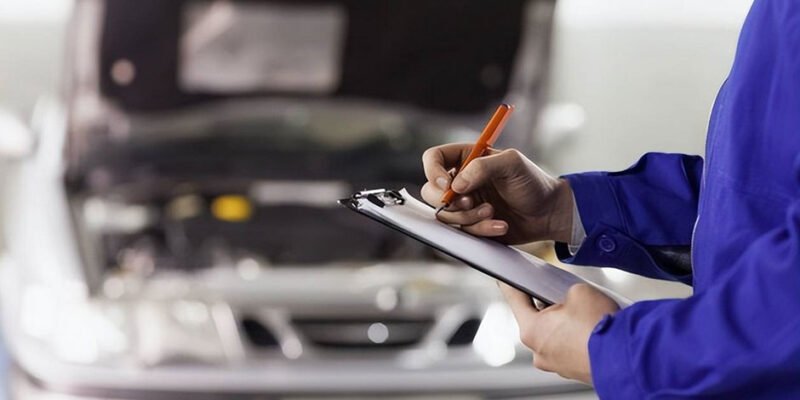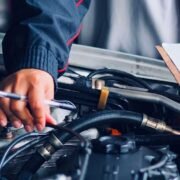A used car can be an excellent way to get more bang for your buck. Nevertheless, compared to buying a new vehicle directly from the manufacturer, buying a used one has more risks. Given that you do not have any warranty claims or guarantees, you need to take it upon yourself to ensure you do not end up having a lemon. Careful inspection before purchasing any used car must be considered as it helps prevent costly repairs and problems that may arise in the future.
First, check the condition of the exterior of the vehicle. Look for flaws such as dents, nicks, paint that doesn’t match, overspray, or rusting. You don’t have to worry about minor cosmetic issues but rather rusty parts such as panels or signs of significant damage that were poorly repaired, which might imply underlying mechanical or structural problems.
All exterior lights should also be inspected, including headlights, brake lights, turn signals, backup lights, and hazard lights. Replacing burnt bulbs is easy, but faulty wiring can be challenging and expensive. It is necessary to pay attention to each tire as well. Tires with uneven wear indicate suspension or alignment issues, while lacking tread depth is dangerous.
For the interior inspection part, closely evaluate all surfaces and features available. Try out each accessory and an electronic device; test the radio set, power windows, switch panel lighting, climate control system wipers, and power seats. These issues can be irritating and costly if they are not minor electrical problems that require only simple repairs or replacements; otherwise, they are serious failures, even for luxury cars and trucks.
Moreover, it should be taken on an extensive test drive. Listen for any abnormal sounds while accelerating, braking, and turning. The vehicle should drive smoothly without pulling, vibrating, hesitating, or having strange feelings. Also, shift gears manually and check the transmission. You will also want to ensure the radio does not die, the air conditioning works great, and the cruise control is operable while driving.
At least essential records indicating routine oil changes should be available for your inspection before purchasing it. Big things like transmission flushes, timing belt replacement, engine repairs, etc., should also be seen and recorded accordingly. Gaps in service records or major issues without accompanying paperwork showing professional repairs would make purchasing the car much riskier. You will have expensive repair bills shortly after its purchase.
It is always advisable to have a professional mechanic do a pre-purchase inspection before purchasing used cars in austin. Mechanics can check the engine, transmission, and other critical mechanical, hydraulic, and electrical systems with the tools they use for work that an ordinary buyer might not recognize. The cost of inspecting before purchasing the vehicle could save you money in repairs shortly after acquisition in case significant problems are discovered.
End
Before buying, you should critically look into the car itself, drive it well enough to be content, follow up on maintenance history, and have a trusted mechanic evaluate it before deciding. Avoiding these inspection aspects can be dangerous as some potentially expensive hidden challenges or safety risks could arise from such cars that seem okay at first sight.














Comments